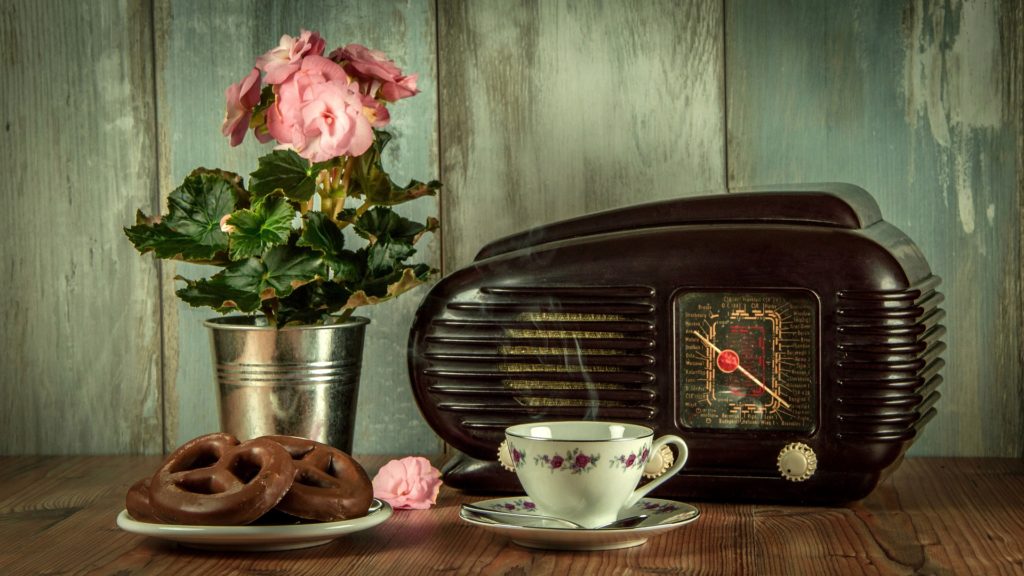Does Radio Advertising Still Work?
Today, businesses can reach consumers in ways not contemplated even 10 years ago. With the advent of the internet, mobile, social media, texts and more, consumers are being bombarded with promoted messages—all vying for their increasingly short attention spans.

But traditional media – especially radio advertising – is still a powerful and effective option for advertisers. A recent study by Nielsen Catalina Solutions (NCS) found that radio advertising returned an average of $6 dollars for every dollar spent. It also showed that radio advertising resulted in a stronger consumer response close to the time of purchase.
But not all radio advertising is created equal. In order to be effective, your campaign must contain these key components.
Know your customers
Of course, this applies to all types of advertising. And it will always stand the test of time. Things like demographics – age, gender, income, etc. Knowing your customer’s average buying cycle and average purchase amount are also important.
Based on these factors, figure out the stations or channels that fit into your customer model. If you’re selling skateboards, you probably don’t want to be advertising on the easy listening stations. Conversely, if you are selling yachts, you might want to stay from the alternative or heavy-metal stations.
Compelling Ad Copy
Whether you’re advertising for brand awareness or sales, the words you use to convey your message are all important. The radio ad must speak to the consumer in a way that tells them what’s in it for them. What will they get out of it? Will it improve their life? Does it fulfill an unmet need? All these things must be made clear in the copy.
Before we can get into the hows and whys of the product, we have just a precious few seconds to grab the listener’s attention. They need to be drawn into the ad, allowing their curiosity to build. Many times this can be done through a question. “Are you tired of having to clean your gutters every few months?” The listener is hooked. Yes, they are tired of having to do this chore. They want to know what can be done to avoid it. They continue to listen.
Other important factors are things like authenticity. Does your copy come across as preachy, self-serving, or boastful? Listeners (potential customers) will be turned off and will tune you out, especially in this day and age where attention spans are the millisecond range. Instead, by showing a passion for the product or service you have and the overwhelming belief that you can truly improve people’s lives with it, your ad will help convince people that what you provide is valuable.
Finally, a key ingredient in any copy must be a strong call-to-action. What do you want the listener to do after hearing your ad? “Call us today at 555-1212 for a free, no obligation estimate!” Repeat the number or website address again to be sure it’s locked into the listener’s mind.
Production
While the copy and the message of your radio spot are the most important factors, the quality of your production, the voice talent, and background effects/music all contribute to the success of your ad.
When we say production quality, really we mean audio quality. Is the audio crisp, clear and at the right level? Put another way, does it detract from your experience? Because the fact is, most people only notice when the audio quality is poor in one way or another. They won’t notice if it’s spot on, and that’s what you’re aiming for.
Your voice talent has to match the type of product or service you’re selling. You wouldn’t use an older female voice to talk about a very trendy, young product. Also, consider the level of trust you need to convey when selecting voice talent. If you’re selling life insurance, you want a mature voice that sounds like it has the benefited from years of experience.
The use of sound effects and/or music can also set a tone and create an “audio canvas” to set the scene for the copy to be read, especially for branding spots where you’re trying to create a mental image of the quality of your company for the listener.
While you may go into your production session thinking you’re going to bang out one perfect ad, it’s important to think about doing A/B Testing. A/B Testing is where you change on variable in the ad – for instance the call-to-action. Then you run each ad for 50% of the time for a particular period. At the end or that period, you see which ad converted better. Then you use that ad on your full-size campaign.
If you adhere to these tried and true suggestions, your radio advertising campaign will bring you the desired results – brand awareness and more business.
